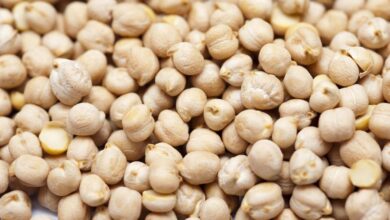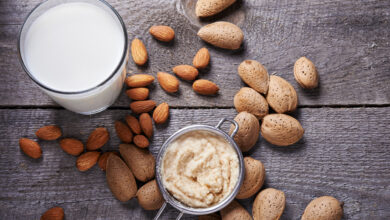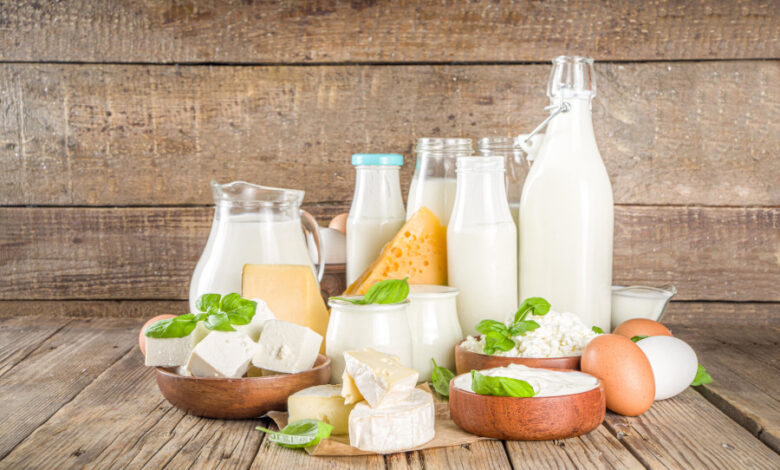
Is Flax the Next Trendy Nondairy Milk?
Is flax the next trendy nondairy milk? It’s a question on many minds as the plant-based milk market explodes with new and innovative options. Flax milk, with its unique nutty flavor and impressive nutritional profile, is certainly making waves.
This milk, derived from the humble flaxseed, boasts an array of health benefits, including heart-healthy omega-3 fatty acids and a good dose of fiber. But can it truly compete with the established giants like almond and oat milk?
The rise of flax milk is part of a larger trend towards plant-based alternatives. Consumers are increasingly seeking out sustainable and healthy options, and flax milk fits the bill. It’s a great source of protein, making it a good choice for those looking for a dairy-free alternative for smoothies, coffee, and even baking.
However, flax milk also has its challenges. It can have a slightly slimy texture, and its production process can be more energy-intensive than other plant-based milks.
Flax Milk: A Rising Star in the Non-Dairy Market
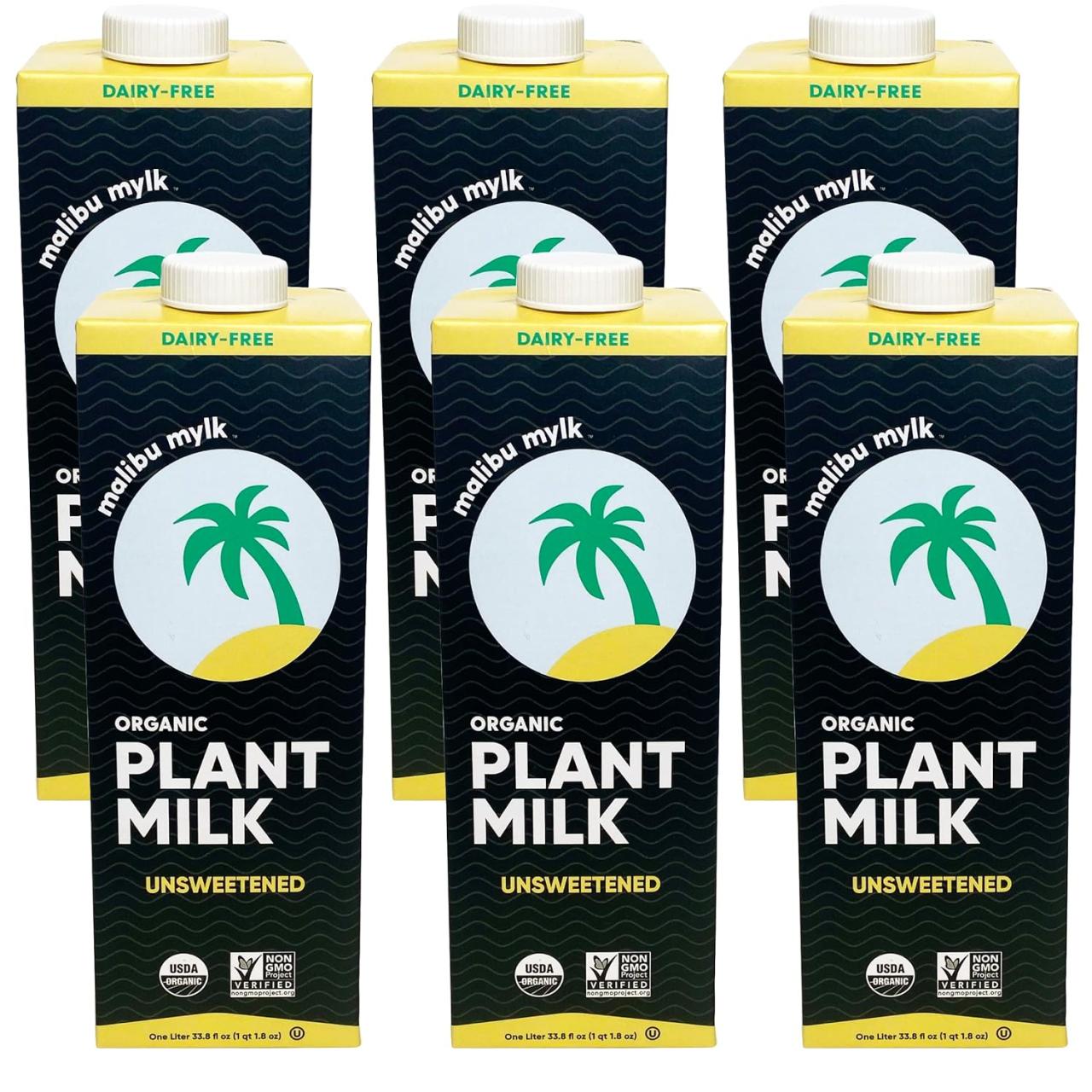
The non-dairy milk market has witnessed a surge in popularity in recent years, with consumers actively seeking plant-based alternatives to traditional cow’s milk. This shift is driven by various factors, including health concerns, environmental considerations, and a growing interest in vegan and vegetarian lifestyles.
Among the many contenders vying for a spot in our refrigerators, flax milk has emerged as a rising star, attracting attention for its unique nutritional profile and versatility.
Flax Milk’s Popularity Surge
Flax milk’s popularity is on the rise, driven by a confluence of factors that make it an appealing choice for consumers. Its rich nutritional content, particularly its high omega-3 fatty acid content, is a major draw. These healthy fats are linked to numerous health benefits, including heart health, brain function, and inflammation reduction.
Flax milk is also naturally low in calories and fat, making it a suitable option for those watching their weight. Additionally, flax milk is a good source of fiber, which contributes to digestive health and feelings of fullness.
Consumer Demand for Plant-Based Alternatives
The demand for plant-based alternatives is driven by a complex interplay of factors, including:
- Health Concerns:Many consumers are seeking alternatives to dairy milk due to concerns about lactose intolerance, allergies, and potential health risks associated with saturated fat and cholesterol. Plant-based milks often offer a healthier alternative, with lower saturated fat content and a variety of vitamins and minerals.
While flax milk might be the next big thing in the plant-based milk world, I’m still all about hearty, comforting meals like this lentil sweet potato spinach stew. It’s a perfect way to warm up on a chilly night, and the creamy texture from the lentils is almost as satisfying as a glass of cold flax milk.
- Environmental Considerations:The environmental impact of dairy farming has become a significant concern for many consumers. Plant-based milks, particularly those derived from sustainable sources, are perceived as a more environmentally friendly choice.
- Ethical Concerns:Animal welfare concerns are driving a growing number of consumers towards plant-based alternatives. Veganism and vegetarianism are gaining popularity, and plant-based milks offer a cruelty-free option for those adopting these lifestyles.
- Taste and Versatility:Plant-based milks have come a long way in terms of taste and versatility. Many options offer a creamy texture and a pleasant flavor profile, making them suitable for a wide range of culinary applications, from cereal and smoothies to coffee and baking.
Market Share of Flax Milk
While almond, soy, and oat milk currently dominate the non-dairy milk market, flax milk is gradually gaining traction. Its market share remains relatively small compared to these established players, but its growth trajectory is promising. According to a recent market report, flax milk sales are expected to grow at a significant rate in the coming years, fueled by increasing consumer awareness of its health benefits and unique properties.
Flax milk is definitely gaining traction, but I’m not sure it’ll dethrone oat milk just yet. It’s a great source of omega-3s, though, and that’s a big plus! Speaking of healthy additions, have you checked out these 7 best salad strategies for making your lunch more satisfying?
Back to flax milk, it’s got a slightly nutty flavor, which might appeal to those who find almond milk too bland. It’s definitely worth a try if you’re looking for a new nondairy option.
The flax milk market is poised for significant growth in the coming years, driven by increasing consumer demand for healthy, sustainable, and plant-based food options.
Comparison with Other Non-Dairy Milk Options
Flax milk holds its own against other popular non-dairy milk options, offering a distinct set of advantages and disadvantages:
| Milk Type | Pros | Cons |
|---|---|---|
| Flax Milk | High in omega-3 fatty acids, low in calories and fat, good source of fiber, naturally sweet, versatile | May have a slightly nutty or earthy flavor, can separate if not shaken well, may be more expensive than other options |
| Almond Milk | Low in calories, good source of vitamin E, mild flavor, widely available | Low in protein, may contain added sugar, production can be water-intensive |
| Soy Milk | High in protein, good source of calcium and iron, versatile | May have a slightly beany flavor, some people may be allergic, production can be controversial |
| Oat Milk | Creamy texture, good source of fiber, naturally sweet, versatile | Higher in calories than some other options, may contain added sugar, can be thick and sticky |
Nutritional Profile and Health Benefits of Flax Milk: Is Flax The Next Trendy Nondairy Milk
Flax milk, a plant-based alternative to dairy milk, has gained popularity for its unique nutritional profile and potential health benefits. It is derived from ground flaxseeds, which are rich in essential nutrients, including omega-3 fatty acids, fiber, and protein.
Nutritional Composition of Flax Milk
Flax milk is a good source of several essential nutrients, making it a valuable addition to a healthy diet. Here’s a breakdown of its key components:
- Omega-3 Fatty Acids:Flaxseeds are an excellent source of ALA (alpha-linolenic acid), a plant-based omega-3 fatty acid. ALA can be converted into EPA and DHA, the omega-3s found in fatty fish, though the conversion rate is relatively low.
- Fiber:Flax milk is a good source of dietary fiber, both soluble and insoluble. Soluble fiber helps regulate blood sugar levels and cholesterol, while insoluble fiber promotes digestive health.
- Protein:Flaxseeds contain a moderate amount of protein, making flax milk a good source of this essential nutrient.
- Other Nutrients:Flax milk also contains other beneficial nutrients, including vitamins (such as vitamin E), minerals (such as magnesium and potassium), and antioxidants.
Health Benefits of Flax Milk
Regular consumption of flax milk may offer several health benefits, primarily due to its rich omega-3 fatty acid and fiber content.
- Heart Health:Omega-3 fatty acids are known to support heart health by reducing inflammation, lowering triglyceride levels, and improving blood pressure. The fiber in flax milk can also help lower cholesterol levels.
- Digestive Health:The fiber in flax milk promotes digestive health by adding bulk to stool, preventing constipation, and supporting the growth of beneficial gut bacteria.
- Hormone Balance:Flaxseeds contain lignans, which are plant compounds that may help regulate hormone levels, particularly estrogen. This may be beneficial for women experiencing hormonal imbalances or menopausal symptoms.
Comparison with Other Non-Dairy Milks
Flax milk stands out from other non-dairy milk options due to its unique nutritional profile. Compared to almond milk, which is low in protein and fiber, flax milk offers a more substantial protein and fiber content. While soy milk is also a good source of protein, flax milk provides a higher concentration of omega-3 fatty acids.
I’m curious about flax milk’s potential to be the next big thing in the nondairy world. It’s got a nice nutty flavor, and I’m always looking for new ways to incorporate it into my diet. One idea I’ve been playing with is using it in a recipe for baked egg cups with garlic toast , which would add a subtle earthy note to the dish.
I’m thinking the flax milk would make the egg cups extra creamy and the toast a little more interesting. We’ll see if it becomes the next trendy nondairy milk!
Oat milk, another popular choice, is rich in carbohydrates but lower in protein and omega-3s than flax milk.
Flax milk offers a unique combination of omega-3 fatty acids, fiber, and protein, making it a nutritious and versatile alternative to dairy milk.
Environmental Impact of Flax Milk Production
The environmental impact of flax milk production is a crucial factor to consider as it gains popularity. Flax milk’s environmental footprint is influenced by various factors, including water usage, land use, and carbon emissions. Assessing its sustainability compared to other non-dairy milk options is essential.
Water Usage in Flax Milk Production
The water footprint of flax milk production is a significant factor in its environmental impact. Flax cultivation requires a substantial amount of water, especially during the growing season. The amount of water used can vary depending on factors such as climate, irrigation techniques, and farming practices.
However, compared to other non-dairy milk options like almond milk, which requires a significant amount of water for almond cultivation, flax milk’s water footprint is relatively lower.
Land Use and Carbon Emissions in Flax Milk Production, Is flax the next trendy nondairy milk
Flax cultivation requires land for planting and harvesting. The land use associated with flax milk production can have environmental consequences, such as habitat loss and soil degradation. The carbon emissions associated with flax milk production stem from various stages, including cultivation, processing, and transportation.
While flax cultivation itself has a relatively low carbon footprint compared to other crops, the processing and transportation stages can contribute significantly to overall emissions.
Comparing the Environmental Impact of Flax Milk to Other Non-Dairy Milk Options
Flax milk’s environmental impact is often compared to other non-dairy milk options like almond milk, soy milk, and oat milk. While almond milk has a significantly higher water footprint, soy milk and oat milk have a higher carbon footprint due to their processing and transportation requirements.
Flax milk’s environmental footprint falls somewhere in between, making it a potentially more sustainable option.
Potential for Improving the Environmental Sustainability of Flax Milk Production
Several innovative practices can improve the environmental sustainability of flax milk production. These include:
- Implementing water-efficient irrigation techniques to reduce water consumption during flax cultivation.
- Promoting sustainable farming practices that minimize soil degradation and habitat loss.
- Optimizing processing methods to reduce energy consumption and carbon emissions.
- Exploring alternative transportation options that minimize emissions associated with the distribution of flax milk.
Summary
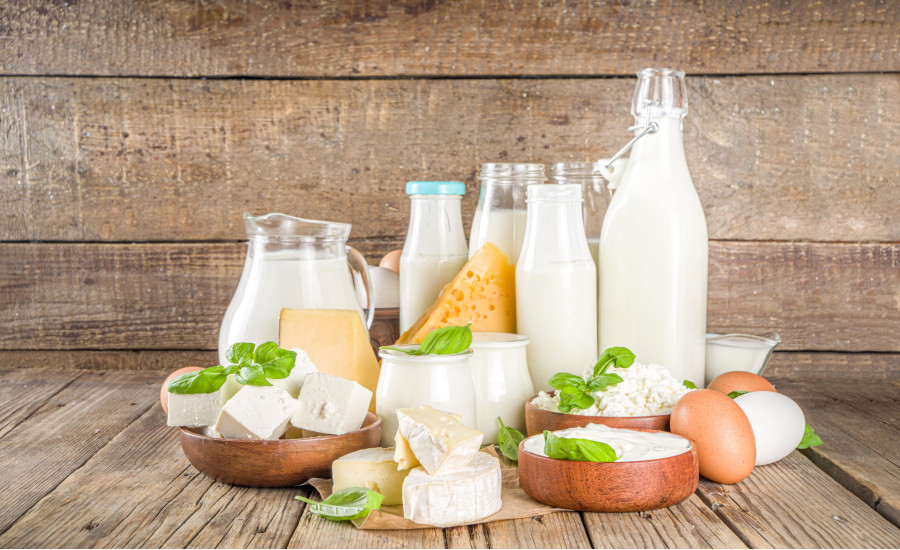
So, is flax milk the next big thing? Only time will tell. But one thing is certain: the plant-based milk market is full of exciting possibilities, and flax milk is a strong contender. Whether you’re looking for a healthy, sustainable, or simply delicious alternative to dairy milk, flax milk deserves a spot on your radar.




